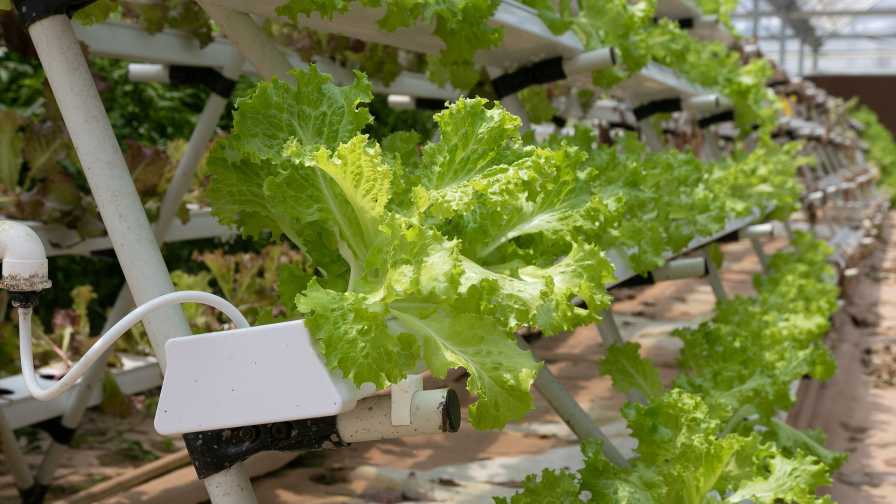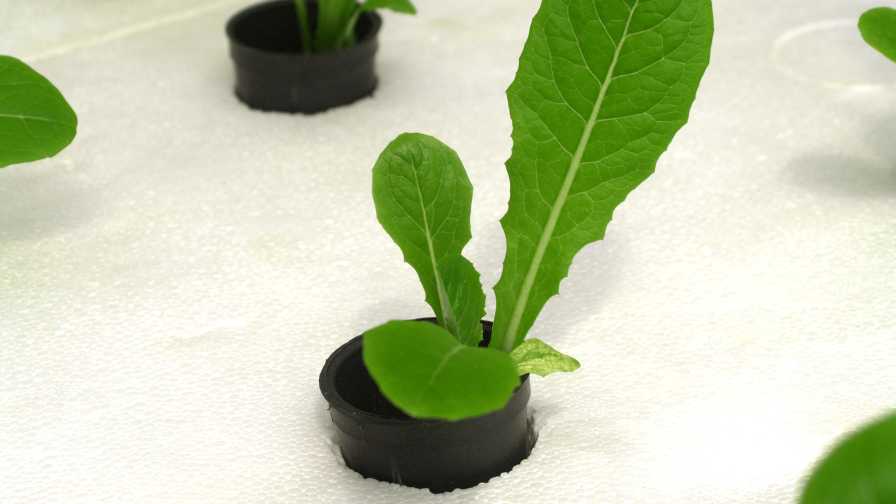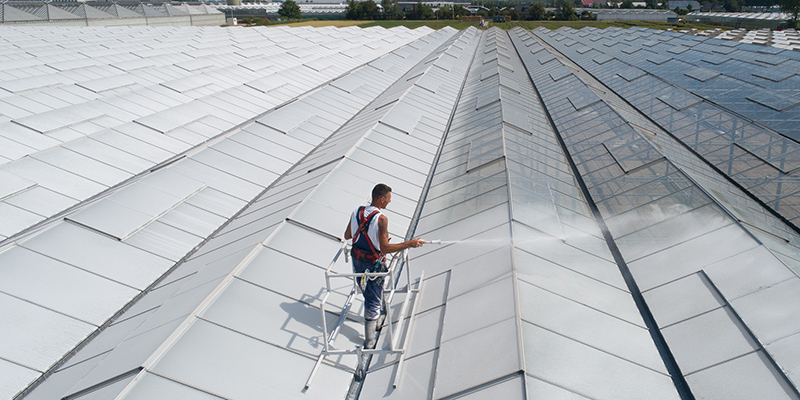New Technology Developments Advance Hydroponic Growing

The technology supporting hydroponic growers is developing at a rapid pace and resulting in improved crop production.
The last two years have given the industry some new developments in hydroponics. COVID-19 has led to changing patterns in consumer behaviors, resulting in new trends in the industry. New trends in data processing and analytics, labor, and automation are impacting hydroponic growers in various sectors in the controlled-environment industry including food production, ornamentals, and medicinal crops. Hydroponic growing is also starting to occupy enough market share to drive breeding of crops specific for hydroponics growers. All these developments are intended to create better products for consumers and help growers improve their bottom lines.
Focus on Data Critical to Automation Development
Both before and after COVID-19 lockdowns, labor has been a significant challenge for growers. Restrictions were put into place to protect workers and slow the spread of the virus. While this has had success for public health, the downside was the labor premium that was paid to ensure crops were able to be planted and harvested. These costs will be passed on to consumers in rising food prices for many farmed fruit and vegetable products. However, many companies have taken this opportunity to advance their investments in data acquisition and automation. Automation in management of growing conditions, seeding, harvesting, and packaging will reduce the overall reliance on labor for repetitive or simple tasks, freeing up that labor for more value-added, specialized tasks.
How can this labor be used? The answer is documentation. Laborers and growers can now use their time to document, in more detail, what is happening on the farm and document things that result in variability for growing operations. This is key to start building robust data sets that farm managers can use to spot trends or inconsistencies that may have gone unnoticed before. These previously unnoticed observations can then be tracked by a standard process and stored digitally for more robust analyses. The results of this should be more reliable production for the grower. This focus on data will drive better developments in automation.
The Race Is on to Develop Automated Picking Machines
Automation and machine learning are starting to make significant inroads in hydroponic growing. Substantial progress has been made in automation for picking, monitoring, and even pesticide applications. Crop management in a greenhouse has become more data reliant. Instead of scouts following monitoring plans, permanent sensor placements, automated passes with drones, or machines with enhanced image capturing capability are fast becoming the new way to collect valuable crop information.
New developments in image processing have created a race to develop automated picking machines that can evaluate when a product is ready to be picked, harvested, or moved. Image analyses has also made pest and disease scouting much easier, particularly with multispectral image-capture techniques. In-substrate or other root-zone sensors that are tied into irrigation systems offer the potential to target irrigation strategies based on specific root-zone conditions rather than time-of-day events. This has the added benefit of making the optimal use of resources. With more of this data being collected and processed digitally, we can refine the linkages between the conditions a crop experiences and the quality of that crop. This can improve a grower’s ability to determine when issues might arise and what preventative or corrective actions to take.

Substantial progress has been made in automation for picking, monitoring, and even pesticide applications.
Real-Time Data Helps to Fine-Tune Crop Production
Major progress has been made on processing this data in real-time to give growers insights on the severity and magnitude of issues, making it easier for the grower to determine what course of corrective action to take. Moisture probes that transmit in real-time allow for highly specific, targeted irrigation strategies. Real-time image transmission from cameras or drones eliminates the need for moving memory from devices or downloading logged data individually from devices. This eliminates a considerable amount of time in a grower’s day, allowing them to spend more time developing and implementing solutions.
Data processing software as a service has been an emerging trend over the last five years of controlled-environment growing. Many companies are developing systems that aggregate data over one or more farms to determine common root causes of issues and provide these insights to their customers while keeping customer data private. This speeds up the process of finding the problem and allowing growers to make corrective actions faster and reduce crop loss. This amount of data for hydroponic growers, along with the growing market share of hydroponically grown products, is also providing valuable insight for the seed industry.
The technology supporting hydroponics growers is developing at a rapid pace. Solutions for growers are more data reliant but provide significantly more insights to the grower. The larger emphasis on data allows for more progress in automation, skills development of staff, and greater reliability in predicting crop output. All these factors are driving the use of hydroponics for growing a larger diversity of products for the food, ornamental, and medicinal sectors.










